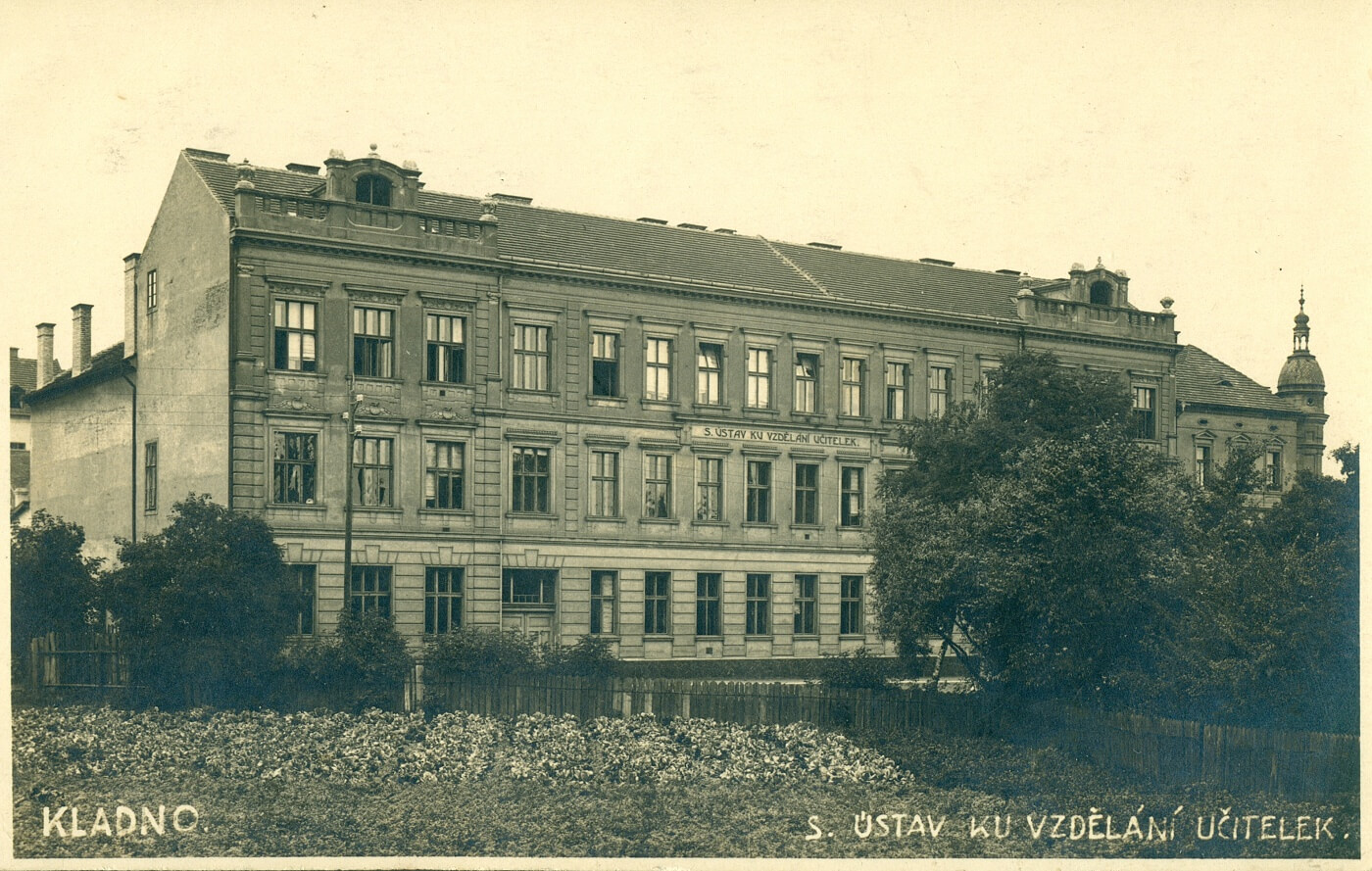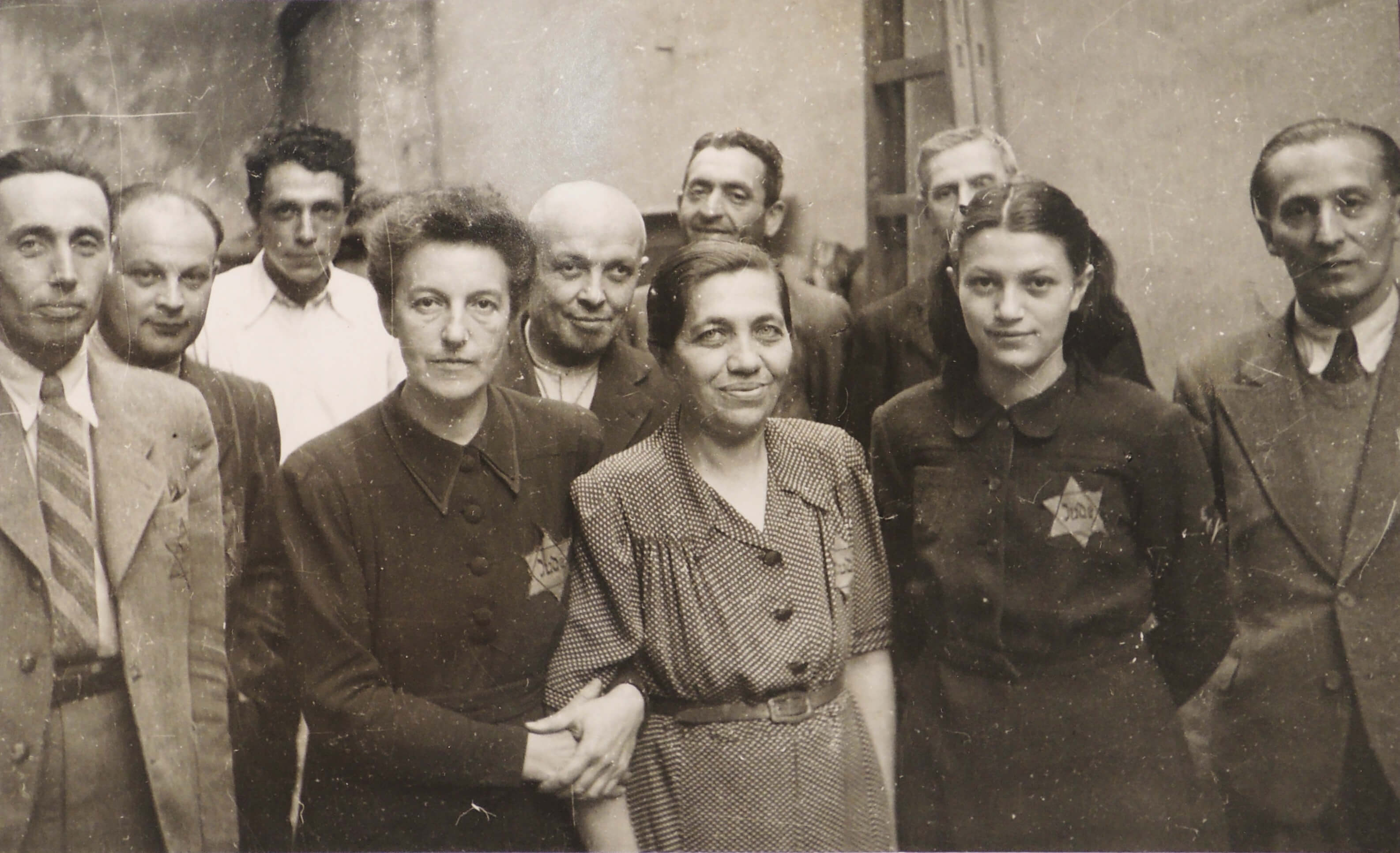Kladno

The building of the Marie Egemová Institute for Teachers in Kladno, which served as an assembly point.
Sládeček Museum of Local History, KladnoImportant for the war economy, the industrial city of Kladno was – alongside Prague, Brno and Pilsen – among the first regions of the Protectorate to expel their Jewish inhabitants. The assembly point in Kladno was located in the building of the former Marie Egemová Institute for Teachers. It was the nearest of all the assembly points to the Terezín ghetto. Many of the deportees knew where the town of Terezín was situated and what it was like, as they used to live there; they had been forced to leave Terezín in the summer of 1941, only to be re-deported there at the beginning of 1942. The Jewish Religious Community of Kladno began preparations for the organization of transports to the Terezín ghetto on 12 February 1942. The deportees’ luggage was taken to the former Sokol building in Kladno. Jews from the Kladno area were instructed to arrive at the assembly point between 9 and 10 in the morning or, at the latest, by 3 in the afternoon on their summons date. They were taken in trucks from the assembly point to the nearby siding of the Kladno–Nučice Railway and were then transported in freight cars to the ghetto.
Two transports (designated by the letters Y and Z) were dispatched on 22 and 26 February 1942. They took away 1,631 deportees, of whom only 123 lived to see the liberation.
